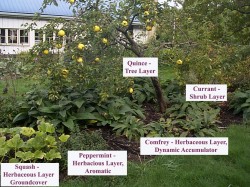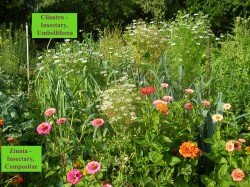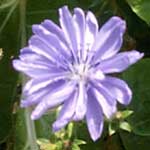Forest Garden
"No epicure dish served at the most expensive restaurant can compare with fresh fruit, organically grown without chemicals, picked from one's garden." - Robert Hart
Food Forest installation Mount Tabor, Portland OR:
"Think of a forest as a lake"
A Forest Garden is an intentional forest that mirrors the principles of ecology as found in the native forest.
Forest Gardens provide many functions:
- Local food production
- Creates homes – habitat for wildlife, insects, and birds.
- Beauty
- Local herbal medicine production
- Stewards the local ecology
The native forest is a grand template for the a functioning native ecological system. As we observe what is intrinsic in the native forest, we can dream of ways to mimic this synchronistic instinctive abundance by substituting useful plants in our life. Here in the Pacific Northwest, Big Leaf Maple Trees provide the canopy in our forest. In the forest garden, we may want an apple or pear tree to fit this role. We may substitute the Red Flowering Currant, observed in the native forest, for the more productive and marketable White Currant.
There are four principles that we use when choosing plants for the forest garden:
- Use the same plant as observed in a similar place
- Substitute for a more productive or palatable species (same genus, select species or cultivar)
- Substitute a genus or species in the same family
- Substitute genus and species based on natural functions of the plant through observation and research
The layers in your forest garden are based on the layers one finds in native forests. 
- Overstory
- Understory
- Shrub
- Vine
- Herbaceous
- Groundcover
- Bulb/Tuber/Root Crop
- Fungal
We use diverse plants together in our cultivated ecologies to meet the needs of the system.
Valuable Characteristics of plant for a forest garden include:
- Dynamic Accumulators – These are plants with extensive root systems that mine minerals deep in the soil and convert them to an available form to share with other plants in the garden.
For a list of Dynamic Accumulators go to this page.
- Nitrogen Fixers are accumulators of nitrogen. These plant fix nitrogen from the air and make it available in the soil to plants though bacteria at their roots.
- Bioaccumulators (Mulch Plants) – These plants have fleshy stalks and/or big leaves. They can be cut back and used as mulch on your garden to add fertility.
-
 Insectary – These are plants that attract beneficial insects. Most commonly, these plants are in either the Umbellifera or Compositae families of plants. Insectary – These are plants that attract beneficial insects. Most commonly, these plants are in either the Umbellifera or Compositae families of plants.
- Aromatics – The odor of these plants deters pests from the garden. These plants can be inter-planted throughout your garden. If you have excessive undesirable insects on your plants, you may make a tea from these plants to deter the insects from the garden. The essential oil compounds within these plants deter pests.
- Groundcover – These plants hug the earth and prevent erosion.
You may find a list of plants in these categories by clicking here
In permaculture, we design to provide what we need on site and strive to close our nutrient cycles in the garden. This reduces our limiting factors for the garden. We observe all of the elements in our system and assess them for their needs and yields. We link elements together for efficiency.
This means that the fertility needs for our food forest may come from various strategies and elements incorporated in the forest garden. Fertility may come from animals, bioaccumulator plants, compost, and more! Through mulching, we provide the habitat that is favorable for earthworms, bacteria, fungi, and soil microorganisms. We know that the nutrients in the soil are linked with their happiness.
"Not only are ecologies more complex than we think, they are more complex than we can think"
Home |
Permaculture |
Edible Flowers |
Events
Contact us
| 

